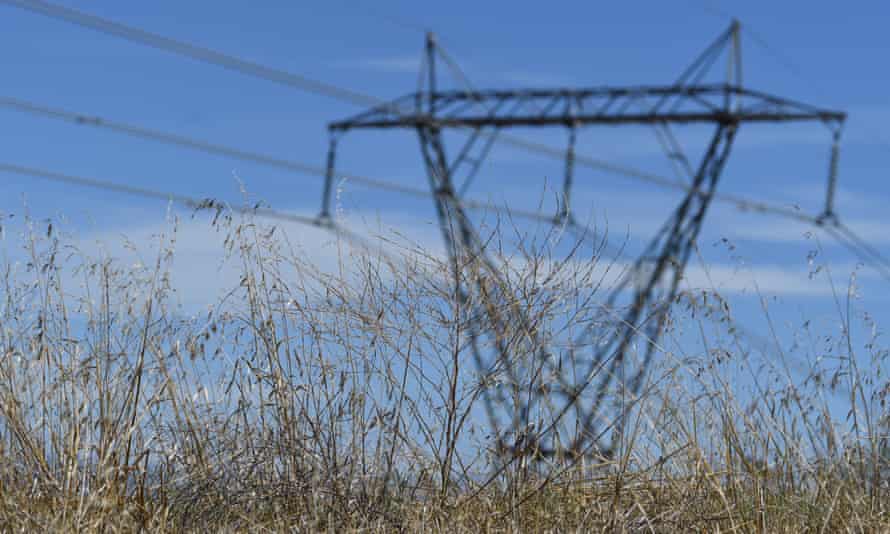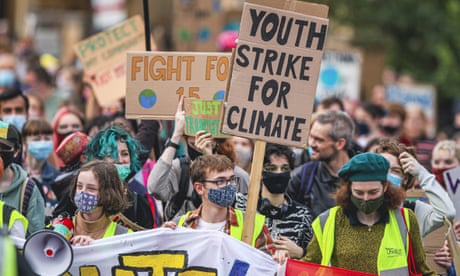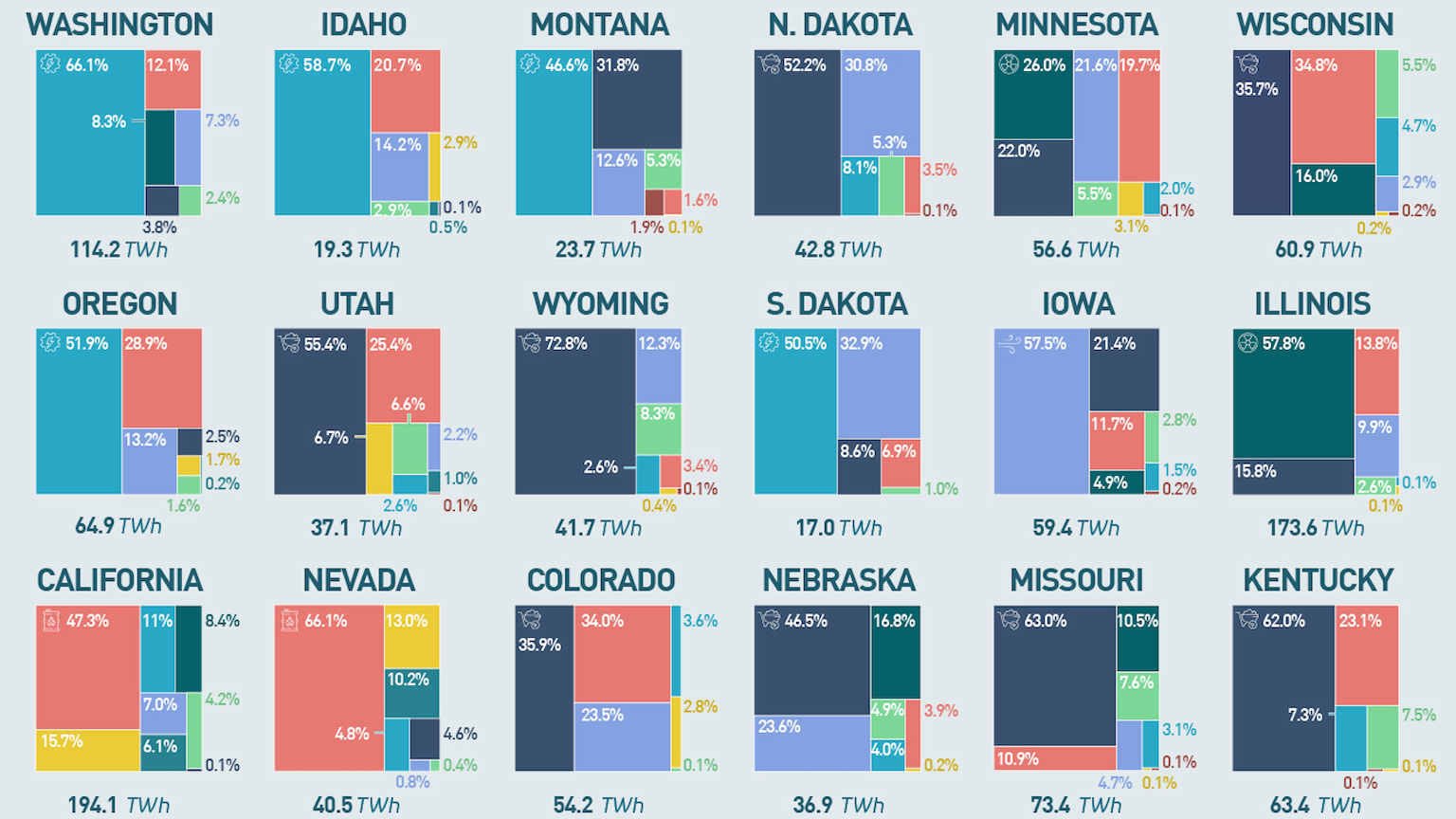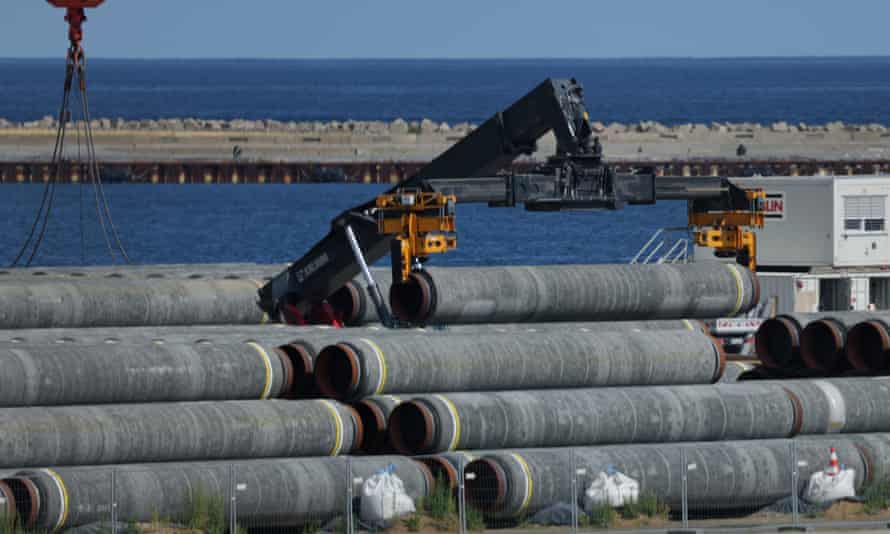How many climate disasters will today's children face? Scientists release estimate
Study finds next generation will face many times more heat waves, floods, droughts, crop failures
On course for at least 2.6 C rise
Also published in the journal Science, the study is based on emissions reduction pledges made under the 2015 Paris climate accord, projecting that global temperatures will rise by an estimated 2.6 to 3.1 degrees Celsius above preindustrial times.
This would have an "unacceptable impact on children," Save the Children said.
"The climate crisis is a child rights crisis at its core," said Inger Ashing, chief executive of Save the Children. "We can turn this around — but we need to listen to children and jump into action. If warming is limited to 1.5 degrees, there is far more hope of a bright future for children who haven't even been born yet."

Study finds next generation will face many times more heat waves, floods, droughts, crop failures
Thomson Reuters · Posted: Sep 28, 2021

Children hold placards during a global climate change strike rally in Nicosia, Cyprus, in 2019. Children will, on average, suffer seven times more heat waves and nearly three times more droughts, floods and crop failures due to fast-accelerating climate change, a new report finds.
(Yiannis Kourtoglou/Reuters)
Children around the world will face a sharp jump in heat waves, floods and droughts in their lives compared to their grandparents, researchers said on Monday, with teenagers from Nepal to Australia urging leaders not to turn a blind eye.
Children will, on average, suffer seven times more heat waves and nearly three times more droughts, floods and crop failures due to fast-accelerating climate change, found a report from aid agency Save the Children.
Those in low- and middle-income countries will bear the brunt, with Afghan children likely to endure up to 18 times as many heat waves as their elders, and children in Mali likely to live through up to 10 times more crop failures.
"People are suffering, we shouldn't turn a blind eye... Climate change is the biggest crisis of this era," said Anuska, 15, sharing her experience of more heat waves, intense rain and crop losses in her country, Nepal.
"I'm worried about climate change, about my future. It will almost be impossible for us to survive," she told journalists.

Children around the world will face a sharp jump in heat waves, floods and droughts in their lives compared to their grandparents, researchers said on Monday, with teenagers from Nepal to Australia urging leaders not to turn a blind eye.
Children will, on average, suffer seven times more heat waves and nearly three times more droughts, floods and crop failures due to fast-accelerating climate change, found a report from aid agency Save the Children.
Those in low- and middle-income countries will bear the brunt, with Afghan children likely to endure up to 18 times as many heat waves as their elders, and children in Mali likely to live through up to 10 times more crop failures.
"People are suffering, we shouldn't turn a blind eye... Climate change is the biggest crisis of this era," said Anuska, 15, sharing her experience of more heat waves, intense rain and crop losses in her country, Nepal.
"I'm worried about climate change, about my future. It will almost be impossible for us to survive," she told journalists.
A child sits on a makeshift raft on a flooded road following heavy rainfall in Zhengzhou, Henan province, China, on July 22, 2021. People in low- and middle-income countries will bear the brunt of climate impacts, the study found.
(Aly Song/Reuters)
Save the Children did not fully identify Anuska and others who spoke alongside her for protection reasons, it said.
The research, a collaboration between Save the Children and climate researchers at Belgium's Vrije Universiteit Brussel, calculated the lifetime exposure to a range of extreme climate events for children born in 2020 compared to those born in 1960.
Save the Children did not fully identify Anuska and others who spoke alongside her for protection reasons, it said.
The research, a collaboration between Save the Children and climate researchers at Belgium's Vrije Universiteit Brussel, calculated the lifetime exposure to a range of extreme climate events for children born in 2020 compared to those born in 1960.
On course for at least 2.6 C rise
Also published in the journal Science, the study is based on emissions reduction pledges made under the 2015 Paris climate accord, projecting that global temperatures will rise by an estimated 2.6 to 3.1 degrees Celsius above preindustrial times.
This would have an "unacceptable impact on children," Save the Children said.
"The climate crisis is a child rights crisis at its core," said Inger Ashing, chief executive of Save the Children. "We can turn this around — but we need to listen to children and jump into action. If warming is limited to 1.5 degrees, there is far more hope of a bright future for children who haven't even been born yet."
A boy runs at the bottom of a branch of the Lago Seco, which receives water from the Amazon River, in the city of Manaus, Brazil, in 2015. A severe drought had pushed river levels in Brazil's Amazon region to lows, leaving isolated communities dependent on emergency aid and thousands of boats stranded on parched riverbeds. (Bruno Kelly/Reuters)
The UN climate science panel warned in August that global warming is dangerously close to spiralling out of control and will bring climate disruption globally for decades to come.
National pledges to cut emissions so far are inadequate to limit global temperature rise to "well below" 2 C above preindustrial times, and ideally to 1.5 C, as about 195 countries committed to under the 2015 Paris Agreement.
1.5 C warming limit could make huge difference
Save the Children's report found that, if global warming is kept to 1.5C, additional lifetime exposure of newborns to heat waves would drop by 45 per cent and by nearly 40 per cent for droughts and floods compared with the current projected level.
"This is what's at stake when governments head to the COP26 global climate talks in Glasgow in November. These children's lives and future are all at stake," said Erin Ryan, a report author and Save the Children adviser.
Children from the Philippines to the Solomon Islands spoke of how increasing climate disasters left them vulnerable, affecting their mental health and disrupting their education.
"I was traumatized — it was really depressing," said Chatten from the Philippines, who was just eight when his home was destroyed by Typhoon Haiyan in 2013, one of the most powerful tropical cyclones in history, which killed more than 6,300 people.
"Everything was at its worst during those times — I don't want anyone to experience that," said the teenager, now 16.
Others said youth should pressure governments for change.
"I really want to see world leaders take action, because this is putting everyone at risk," said Ella, 14, from Australia.
The UN climate science panel warned in August that global warming is dangerously close to spiralling out of control and will bring climate disruption globally for decades to come.
National pledges to cut emissions so far are inadequate to limit global temperature rise to "well below" 2 C above preindustrial times, and ideally to 1.5 C, as about 195 countries committed to under the 2015 Paris Agreement.
1.5 C warming limit could make huge difference
Save the Children's report found that, if global warming is kept to 1.5C, additional lifetime exposure of newborns to heat waves would drop by 45 per cent and by nearly 40 per cent for droughts and floods compared with the current projected level.
"This is what's at stake when governments head to the COP26 global climate talks in Glasgow in November. These children's lives and future are all at stake," said Erin Ryan, a report author and Save the Children adviser.
Children from the Philippines to the Solomon Islands spoke of how increasing climate disasters left them vulnerable, affecting their mental health and disrupting their education.
"I was traumatized — it was really depressing," said Chatten from the Philippines, who was just eight when his home was destroyed by Typhoon Haiyan in 2013, one of the most powerful tropical cyclones in history, which killed more than 6,300 people.
"Everything was at its worst during those times — I don't want anyone to experience that," said the teenager, now 16.
Others said youth should pressure governments for change.
"I really want to see world leaders take action, because this is putting everyone at risk," said Ella, 14, from Australia.
Christine Fernando
USA TODAY
Under current global climate policies, children born in 2021 worldwide face a dire future of climate disasters with disproportionate rates of flooding, heatwaves, droughts, wildfires and crop failures compared to their grandparents, according to a study published Sunday.
The study, published in the journal Science, found that children born in 2021 will on average live on an Earth with seven times more heatwaves, twice as many wildfires, and almost three times as many droughts, river floods and crop failures as people born 60 years ago.
"This basically means that people younger than 40 today will live an unprecedented life even under the most stringent climate change mitigation scenarios," lead author Wim Thiery said in a statement. "Our results highlight a severe threat to the safety of young generations and call for drastic emission reductions to safeguard their future."
Vrije Universiteit Brussel, a public university in Belgium, led the study, which included an international team of more than 30 researchers from universities including Imperial College London and the University of Nottingham in England.
Climate change is sabotaging education for American students:It’s only getting worse
Climate change affects heart health. Here's why that puts people of color at higher risk.
Children who will suffer through "climate extremes" unfairly face the consequences of the inaction of today's adults, study co-author Joeri Rogelj said in the statement.
Reducing emissions can make a difference, Rogelj added.
"With this study we lay bare the fundamental injustice of climate change across generations, as well as the responsibilities of today's adults and elders in power," he said.
These extreme climate events will also disproportionately affect children in developing countries, said researchers who computed lifetime exposures to climate events for every generation born between 1960 and 2020 in every country across the globe.
Racial disparities:Louisiana communities of color suffer from pollution and COVID. Now it's climate change.
In sub-Saharan Africa, 172 million children face a sixfold increase in extreme events over their lifetimes and 50 times more heatwaves. This compares to 53 million children of the same age born in Europe and Central Asia, who will face about four times more extreme events as their grandparents, according to the statement.
While current policies put the world on course for a warming of 3 degrees Celsius above pre-industrial temperatures, according to the statement from the researchers, meeting the Paris Agreement goal of limiting warming to 1.5 degrees would significantly reduce the burden of extreme climate events on the next generation.
Co-author Simon Gosling supported setting more ambitious plans to reduce greenhouse gas emissions.
"Our research shows very clearly the responsibility that the current generation holds for future generations in terms of climate change," Gosling said in the statement, which praised efforts by the world's youth to increase climate change awareness through school strikes and protests.
Contact News Now Reporter Christine Fernando at cfernando@usatoday.com or follow her on Twitter at @christinetfern.







